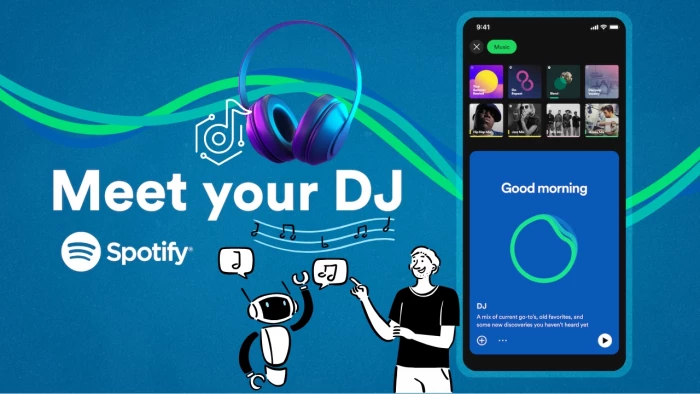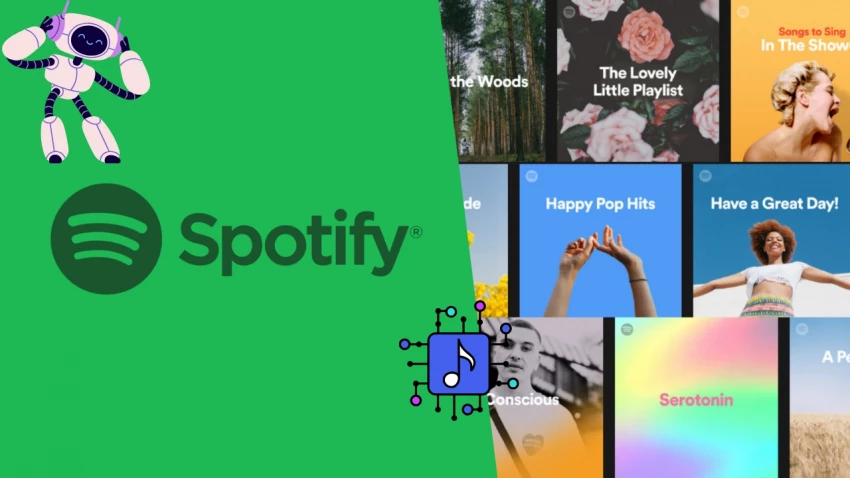

When you open Spotify, the playlists waiting for you feel personal. Whether it’s Discover Weekly, RapCaviar, or a curated list called Chill Hits, you’re experiencing the work of two forces - data-driven AI and human taste. But which matters more, and what does the future of playlist curation look like?
Playlists have become the backbone of music discovery. According to Spotify’s own data, 44% of listening time on the platform comes from playlists. For artists, landing a track on a popular playlist can mean the difference between obscurity and millions of streams.
So the curators, whether algorithmic or human, hold real influence. But how different are they?
Spotify uses machine learning algorithms that analyze billions of data points. It looks at what you’ve listened to, what you skipped, and even how long you stayed on a track. Collaborative filtering, natural language processing, and audio analysis are all at work.
This is why Discover Weekly can feel eerily accurate. The AI doesn’t “like” music, but it knows patterns in your listening habits.
Not all playlists are automated. Some of Spotify’s most influential lists, like RapCaviar and Today’s Top Hits, are hand-curated by editors. These curators bring in cultural context—trends, emerging genres, and even vibes AI can’t fully grasp.
Take RapCaviar. It has over 15 million followers and has been a launching pad for careers like Post Malone and Megan Thee Stallion. The selections here are not just about sound—they’re about what’s happening in hip-hop culture.

So, who does it better?
The balance comes in hybrid playlists. For example, Release Radar is algorithm-driven but seeded with editor picks, blending machine learning with human insight.
The short answer: no. Even as AI gets better at predicting taste, culture itself isn’t always predictable. Human curators can spot shifts before the data catches up.
For instance, viral TikTok songs often spike in streams long before Spotify’s AI fully registers them. Human curators can move fast and add them to trend-focused playlists, keeping Spotify culturally relevant.
For musicians, this means two paths to playlist exposure:
Artists who understand both sides, AI patterns and human culture, are more likely to break through.
As AI grows more advanced, personalization will only deepen. Imagine playlists that adapt not just to your history but to your mood in real time, detected through wearable devices. At the same time, human curators will remain essential for playlists with cultural weight and emotional resonance.
The most likely future? Collaboration between AI precision and human storytelling. AI will filter the ocean of songs, and human curators will shape them into meaningful narratives.
Be the first to post comment!